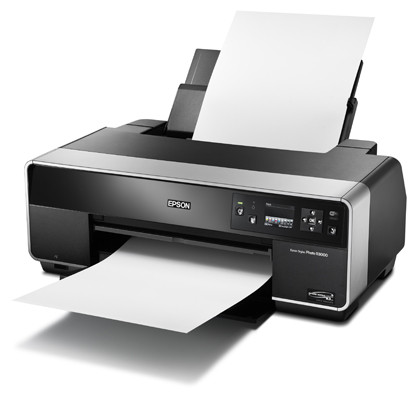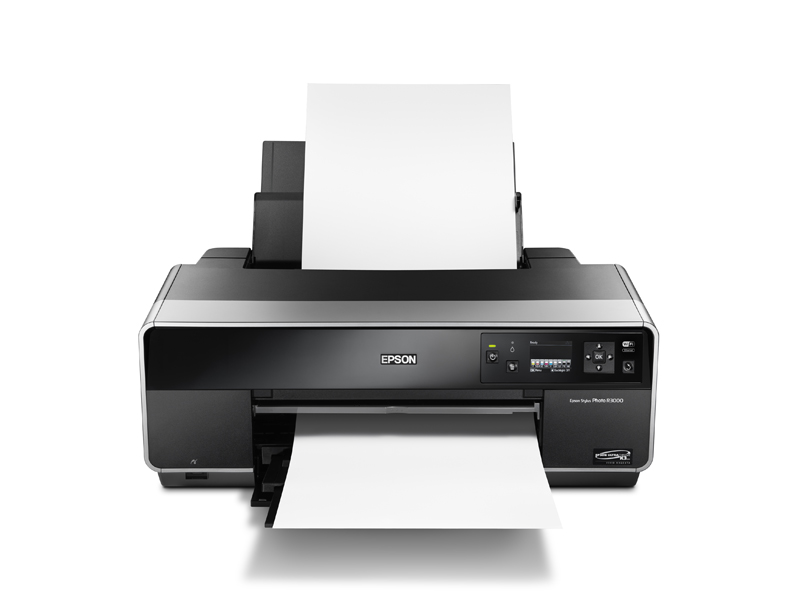Why you can trust TechRadar

According to Epson UK the Stylus Photo R3000 is based upon the Stylus Photo R2880, but it doesn't replace it and they are to continue in tandem.
The main improvements that the Stylus Photo R3000 offers over the R2880 are the larger ink tanks, the 2pl minimum ink droplet size (instead of 3pl) and the additional cartridge bay, so that both the Matte and Photo Black tanks can be installed simultaneously.
In addition, the print engine has been updated, as the R2880 has a cartridge on-head system, whilst the Stylus Photo R3000 has an off-head system. The latter point means that the cartridges stay still while the Stylus Photo R3000 is printing and they are located towards the front left of the printer.
Viewed in isolation the prints from the R3000 and R2880 straight from their boxes with no calibration are very impressive. Either printer would satisfy most enthusiast photographers. However, prints from the R3000 have more punch with more vibrant colours, especially the reds. Skin tones are also more pleasant, lacking the cool note that the R2880 exhibits in some instances.
Even when inspecting the finest resolution lines on our test chart with a loupe it is very hard to distinguish much difference between the results form the R2880 and the R3000. However, the smaller minimum droplet size does appear to lend the newer printer with a very marginal advantage. It may also partly explain the slightly higher micro contrast or 'bite' that the R3000's image have.
While the colours from the R3000 are a little closer to matching those on our test chart, there is a smoother gradation from green to yellow in the rainbow band of the R2880's test chart print. In addition, every step in the grey scale wedge is visible (only just at the darkest end) from the R2880. The last two are indistinguishable in the R3000 print.
Although a wider range of tones are visible in monochrome prints from the R2880, the slightly higher contrast results from the R3000 are closer to the on-screen image.
Current page: Stylus Photo R3000 vs Stylus Photo R2880
Prev Page Epson Stylus Photo R3000 Review: Performance Next Page Epson Stylus Photo R3000 Review: Ink costs